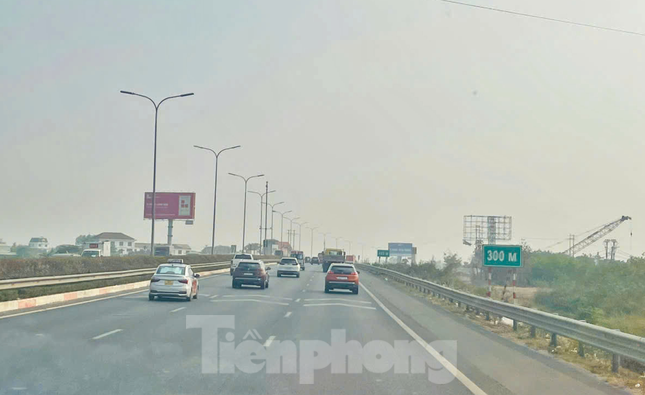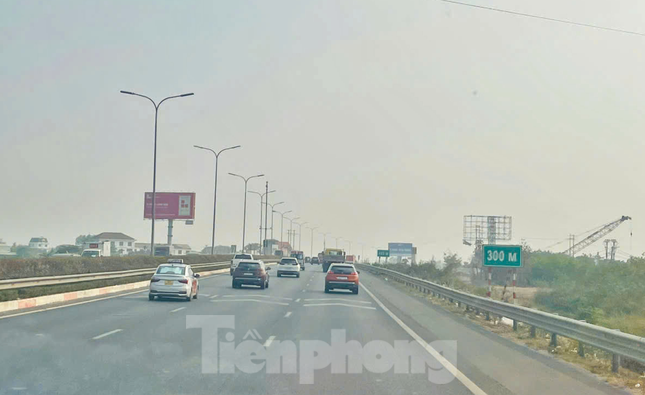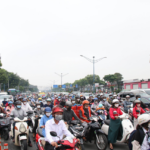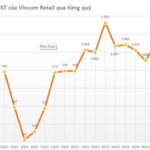According to the Ministry of Construction, the expansion of the Phap Van – Cau Gie Expressway is aimed at meeting the transportation needs, reducing traffic congestion, and promoting socio-economic development in the region. This is in line with the approved road network plan for the period of 2021–2030, with a vision towards 2050.
The Phap Van – Cau Gie Expressway, approximately 29km in length, starts at Km 182+300 (Phap Van Interchange) and ends at Km 211+256 (Dai Xuyen Interchange), with a total of 6 lanes for motor vehicles. Phase 1 of the project began toll collection in October 2013, while Phase 2 has been operational since July 5, 2019.
On March 7, Phuong Thanh Transport Infrastructure Investment and Construction Joint Stock Company proposed to the Ministry of Construction to expand the expressway to 10–12 lanes using the PPP model.
The company highlighted the high traffic volume on the expressway, with an average of about 85,000 passenger car equivalents in both directions last year—nearly double the designed capacity of approximately 55,400 car equivalents per day.

The Ministry of Construction agreed with the proposal to study the expansion of the Phap Van – Cau Gie Expressway to 12 lanes using the PPP model. Photo: Loc Lien.
Therefore, expanding the expressway to 10–12 lanes is essential and aligns with the road network plan for 2021–2030, with a vision towards 2050.
The company also proposed three expansion options:
Option 1: Expand from Phap Van Interchange to Phu Thu Interchange. To minimize land clearance and impact on the livelihoods of residents along the route, the expanded section will be constructed as an elevated highway running along the median strip between the expressway and the frontage road.
Option 2: Expand from Phap Van Interchange to Dai Xuyen Interchange, with the elevated highway running along the median strip between the expressway and the frontage road.
Option 3: Expand from Phap Van Interchange to Dai Xuyen Interchange, with the section from Phap Van to Khe Hoi passing through residential areas proposed to be constructed as an elevated highway to minimize land clearance and impact on residents along the route.
“Without a Breakthrough, Metro Projects Will Remain on Paper”
On the afternoon of February 14th, the National Assembly continued its extraordinary 9th session, with delegates discussing in groups a draft resolution on piloting several specific mechanisms and policies for the development of an urban railway network system in Hanoi and Ho Chi Minh City.
Unlocking the Potential: Achieving a 93.06% Disbursement Rate for Public Investment Plans
There are 16 out of 46 central-level ministries and agencies, and 37 out of 63 provinces and cities that have achieved higher-than-average estimated disbursement rates compared to the national average of 84.47%.





















